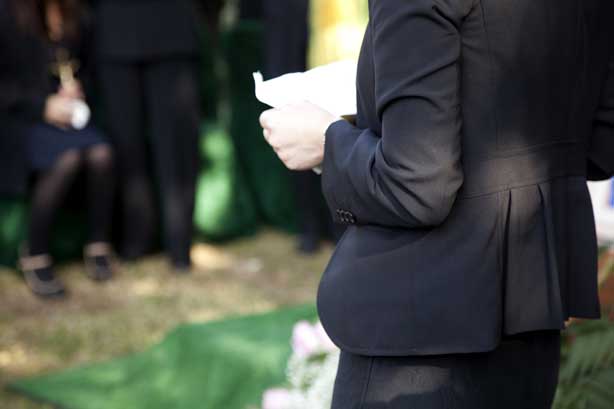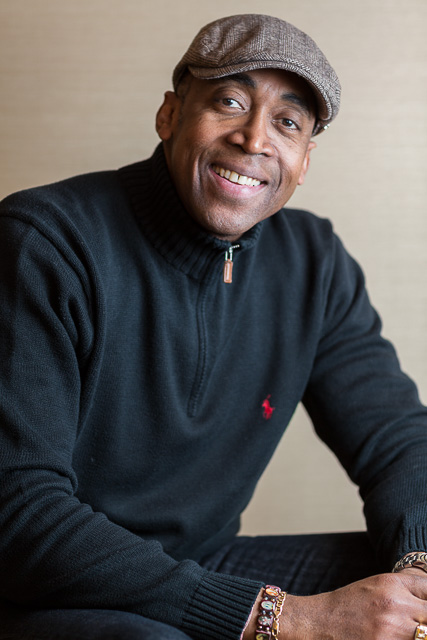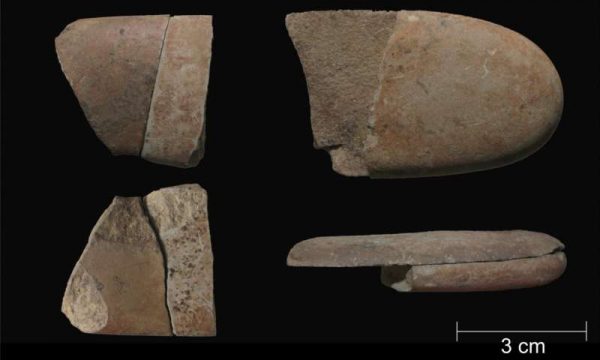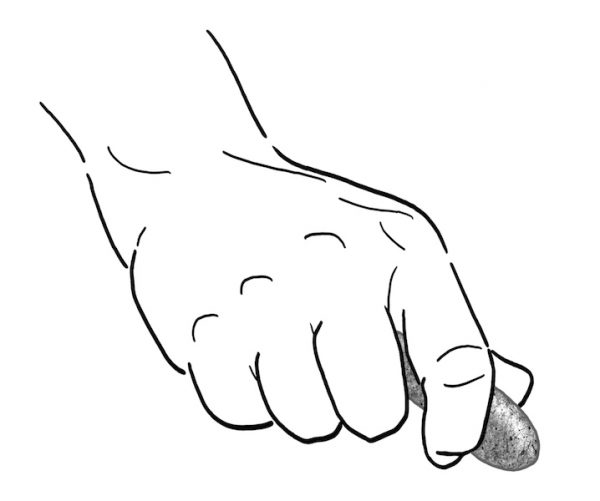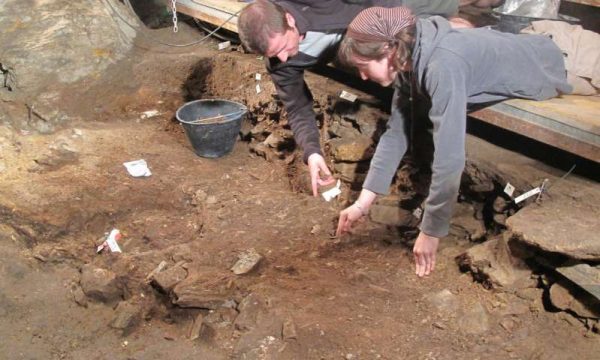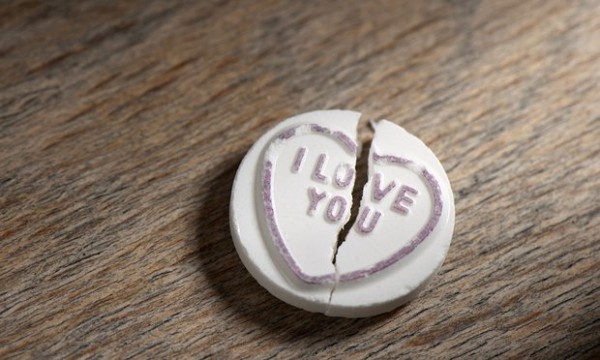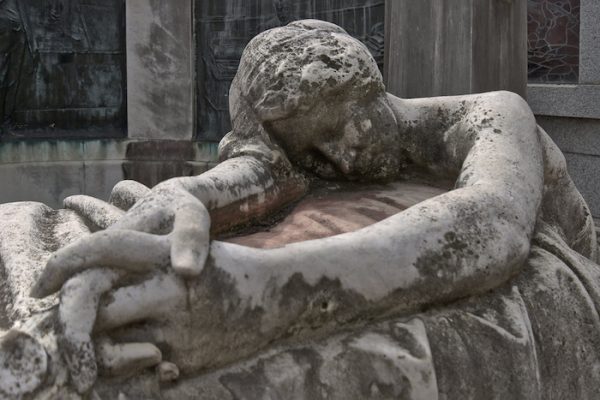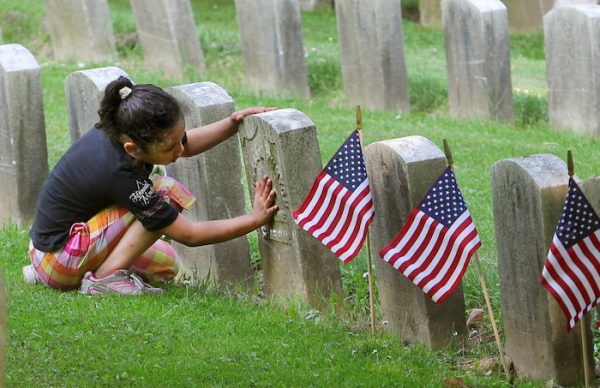By REV. DAVE HOGSETT
[T]he first thing that many people read when they get their local newspaper is the obituaries. Some want to know if a friend or neighbor has died. Others are looking for information concerning the arrangements for the deceased. For some, reading the obituaries becomes existential when the deceased’s age is close to that of the reader. There are those who think it is a good day if they do not see their own names on the obituary page.
For more than a half century, William F. Buckley Jr. was the spokesperson and architect of modern American conservatism. One of his lesser known accomplishments was his mastery of the eulogy. The learned scholar Ernest van den Haag said of Buckley: “Buckley has re-elevated the art of eulogy to the high standard from which it had long ago fallen. So much so, that I am firmly resolved to leave this world before he does, for his eulogy is bound to be much better than mine.” (A Torch Kept Lit, p. 10)
James Rosen published “A Torch Kept Lit” in 2016. It is an annotated collection of 50 of Buckley’s eulogies and obituaries. Rosen’s commentary not only gives insight into Buckley, but helps to place each of the selections within the context of the world in which the person lived and moved and had their being. The categories — presidents, family, arts and letters, generals, spies, statesmen, friends, nemeses — give some indication of the range of Buckley’s interests.
In over 50 years in the ministry I have officiated at almost 450 funerals. When I was asked to conduct my first service as an assistant at the Grapevine United Methodist Church, I sought out the advice of one of the chaplains at Harris Hospital in Fort Worth, Texas. He said that I should remember that the funeral service is for the living and not the dead. The service should be seen through the perspective of pastoral care. The purpose of the service is to help those who are attending the funeral to process what the loss means and what it means to continue without the departed. Of special importance is to help the people understand the grief process.
To help people with their grieving, I have found it helpful to be able to encapsulate the life of the deceased in a single image or phrase. Usually I discover this image or phrase while talking with the family or friends. This conversation is also a part of the grieving process. Once I have the image or phrase, I look for a Scripture text that illustrates or expands upon it. Then I look for other material that provides commentary or illustrates the image or phrase. My funeral message brings together the image or phrase, the Scripture lesson and the supporting material with the purpose of helping those attending with their grief.
A final piece of a Christian funeral is to give those who attend the assurance that God is with them in their loss. This can be done by pointing out how God was with the deceased during his/her life time. There are times when the grieving need to know that God is even there when they are angry with Him. Jesus’ words from the cross — “My God, my God why have you forsaken me?” — resonate with how they feel.
The obituary has long been a part of American culture. William F. Buckley Jr. helped to re-elevate the eulogy to the high standard it once had in this country. The obituary and the eulogy help the grieving to remember and give thanks for the life of the deceased. It also helps those left behind to grieve the departed. The obituary and the eulogy are a reminder of our human mortality and give us cause to turn to God for His help during our time under the sun.
Complete Article HERE!

